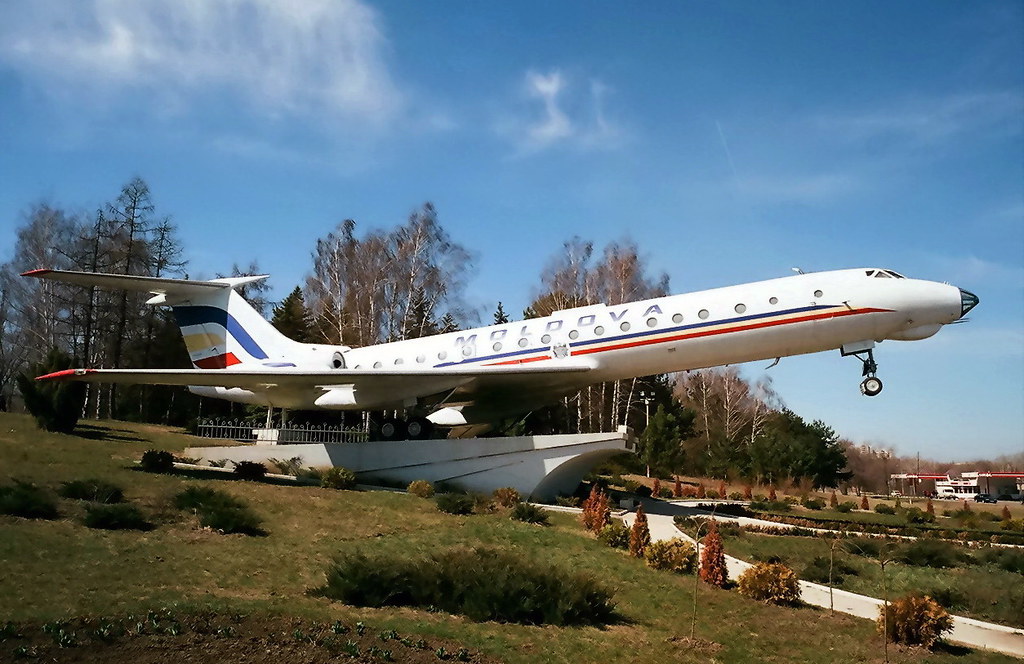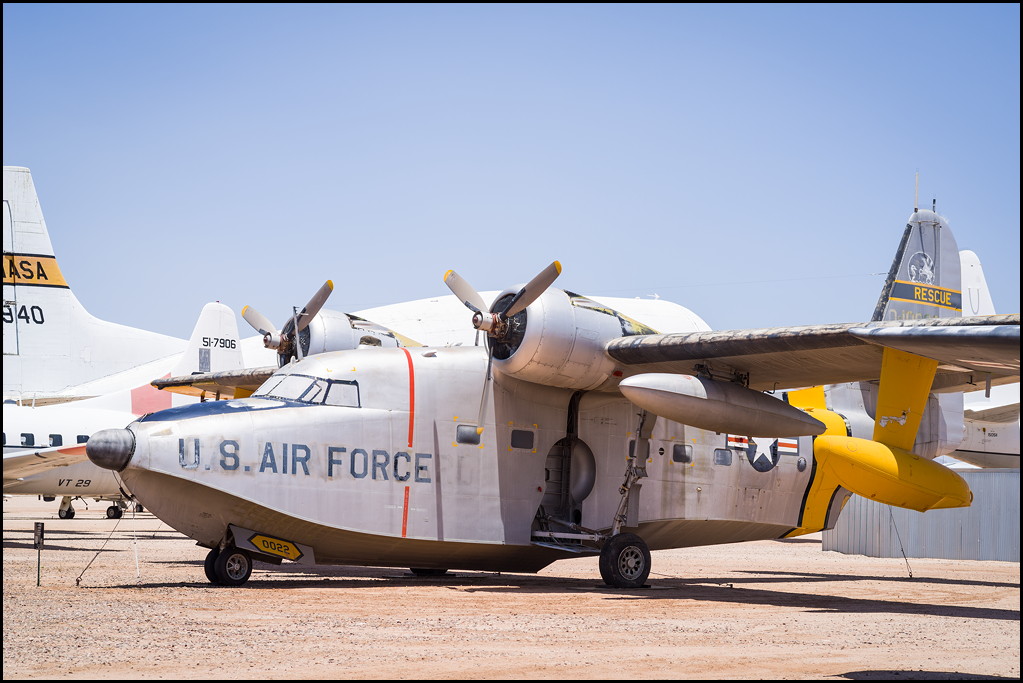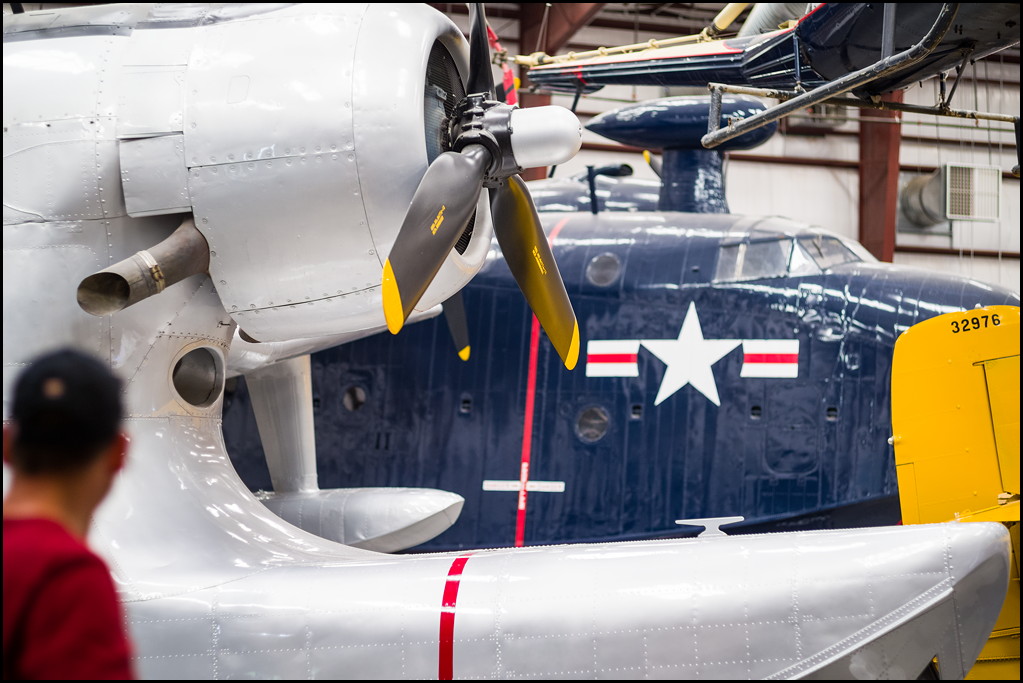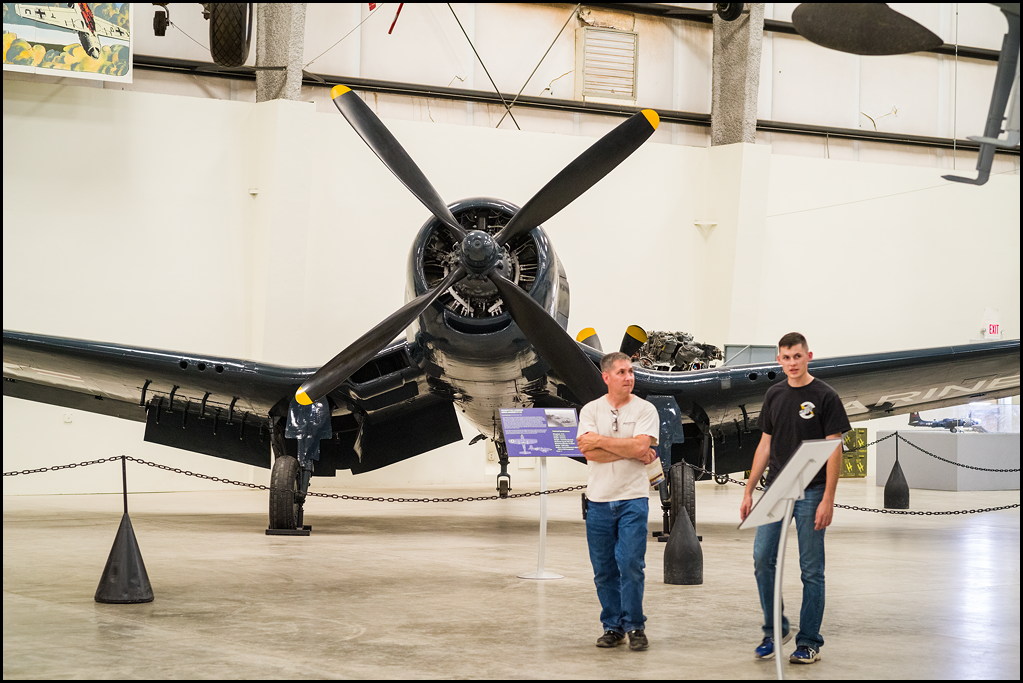Bob Michaels
nobody special
Loving this thread as it brings back nostalgia and many old memories.
WPB's photo of his grandparents and their Piper PA-22 Tri-Pacer is one as we had one of those in the early '60's. I have a lot of hours flying one of those and made my first parachute jumps out of ours. PITA to get out of the back seat without being able to put your foot on the ground. My first jump it took me so long to climb out that we had flown over the airport and I landed in the top of a big pine tree, never touching the ground.
Photos of the old AT-6 trainer reminds me of us using one as a jump plane when Av gas was cheap. We would cram 2-3 jumpers in the back seat and all climb out on the wing together. More than once, someone fell off early.
And the DC-3s. Also a popular jump plane. Only 28 seats but you could put 35 jumpers in one with people standing in the isle like a bus. We made an "unscheduled landing" in a sugar cane field in one when we lost an engine at an altitude too low to jump and it was too overloaded to fly on one engine. A friend owned one but ended up losing it to the Drug Enforcement Agency and got to spend a few years as an involuntary guest in Federal facilities due to hauling the wrong cargo.
Those fun aviation days are long gone now due to government regulation and my old age.
Where is Don Parsons who used to post here? He kept up flying and was an old airplane buff.
WPB's photo of his grandparents and their Piper PA-22 Tri-Pacer is one as we had one of those in the early '60's. I have a lot of hours flying one of those and made my first parachute jumps out of ours. PITA to get out of the back seat without being able to put your foot on the ground. My first jump it took me so long to climb out that we had flown over the airport and I landed in the top of a big pine tree, never touching the ground.
Photos of the old AT-6 trainer reminds me of us using one as a jump plane when Av gas was cheap. We would cram 2-3 jumpers in the back seat and all climb out on the wing together. More than once, someone fell off early.
And the DC-3s. Also a popular jump plane. Only 28 seats but you could put 35 jumpers in one with people standing in the isle like a bus. We made an "unscheduled landing" in a sugar cane field in one when we lost an engine at an altitude too low to jump and it was too overloaded to fly on one engine. A friend owned one but ended up losing it to the Drug Enforcement Agency and got to spend a few years as an involuntary guest in Federal facilities due to hauling the wrong cargo.
Those fun aviation days are long gone now due to government regulation and my old age.
Where is Don Parsons who used to post here? He kept up flying and was an old airplane buff.





















